Welcome to
Science Inquiry for Children
EDU 613 (3 Credit hours)
July 2011
Catalog description - A course designed to enhance instruction and assessment of elementary students¿ abilities to complete the steps of the scientific method. Participants will develop curriculum, materials and classroom management techniques to create a disposition in students to appreciate the natural world.
Course information
Instructor: Dr. Robert Sweetland
E-mail: rosweet1@wsc.edu
Phone: 375-7374 cell phone number available through SAKAI
Office: Brandenburg 123 B
Office Hours: by request
Select from these for Course Texts |
|
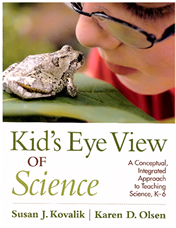 |
Suggested for those that want to review or explore the big ideas of how science literacy can be facilitated in K-6. It is right on about how science and school instruction can motivate and meet the needs of students through real world exploration. It is short on examples on how those important ideas can be implemented in planning and in the classroom. Susan J. Kovalik and Karen D. Olsen. (2010). Kid's Eye View of Science: A Conceptual Integrated Approach to teaching Science K-6. Corwin Press - Merrill. Columbus, Ohio: |
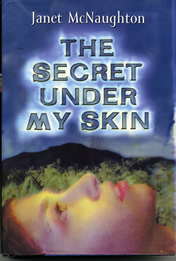 |
Suggested to read aloud to fifth grade and up to discuss what is science, how do people use it, what do students need to know and do to understand and use it, and how likely is the future described in the the book? Janet McNaughton, (2005). The Secret Under My Skin. Harper Collins Publishers Inc.,NY. ISBN # 0-06-008989-X Support for text - focus topics and ideas |
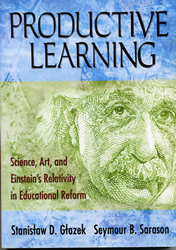 |
Suggested for those who don't believe they can learn science or science is too complicated for most students. The authors argue the main problem with science education in the United States is - it lacks substance and consequently is of little value to students. Their solution - science needs to be comprehensive enough to create productive learning. The first chapters present a convincing argument of this philosophical idea and later chapters include instructional dialog that demonstrates how ideas of Einstein's Relativity Theory can be understood by all. Stanistaw D. Glazek & Seymour B. Sarason. (2007). Productive Learning: Science, Art, and Einstein's Relativity in Educational Reform. Corwin Press: CA. ISBN# 1-4129-4060-5 Support for text - focus topics and ideas |
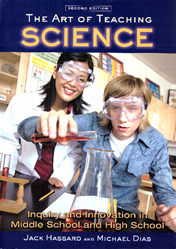 |
Suggested for those that want a comprehensive review of teaching science. It reviews past practices with respect to current understanding of how science literacy can be achieved by science educators. It recognizes the teacher as a critical factor in facilitating this literacy, however the interactions must be meaningful for students and inclusive of all the dimensions of science. The text does include examples of how to teach science as an art, create appropriate curriculum, to put current theory into practice. Jack Hassard and Michael Dias. (2009). The Art of Teaching Science: Inquiry and Innovation in Middle School and High School. Routledge, New York. |
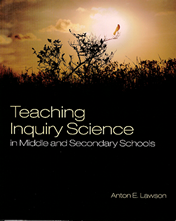 |
Suggested for those that want to focus on inquiry science. The following questions are explored: What is science? Why teach science? What is the nature of scientific knowledge? How do scientists construct knowledge? How do people develop effective reasoning patterns? What teaching methods best facilitate scientific knowledge acquisition? Anton E. Lawson. (2009). Teaching Inquiry Science in Middle and Secondary Schools. Sage Publications Inc. Thousand Oaks, California. |
| Additional readings from the resources list or student suggestions. | |
Dr. Robert Sweetland's Notes ©